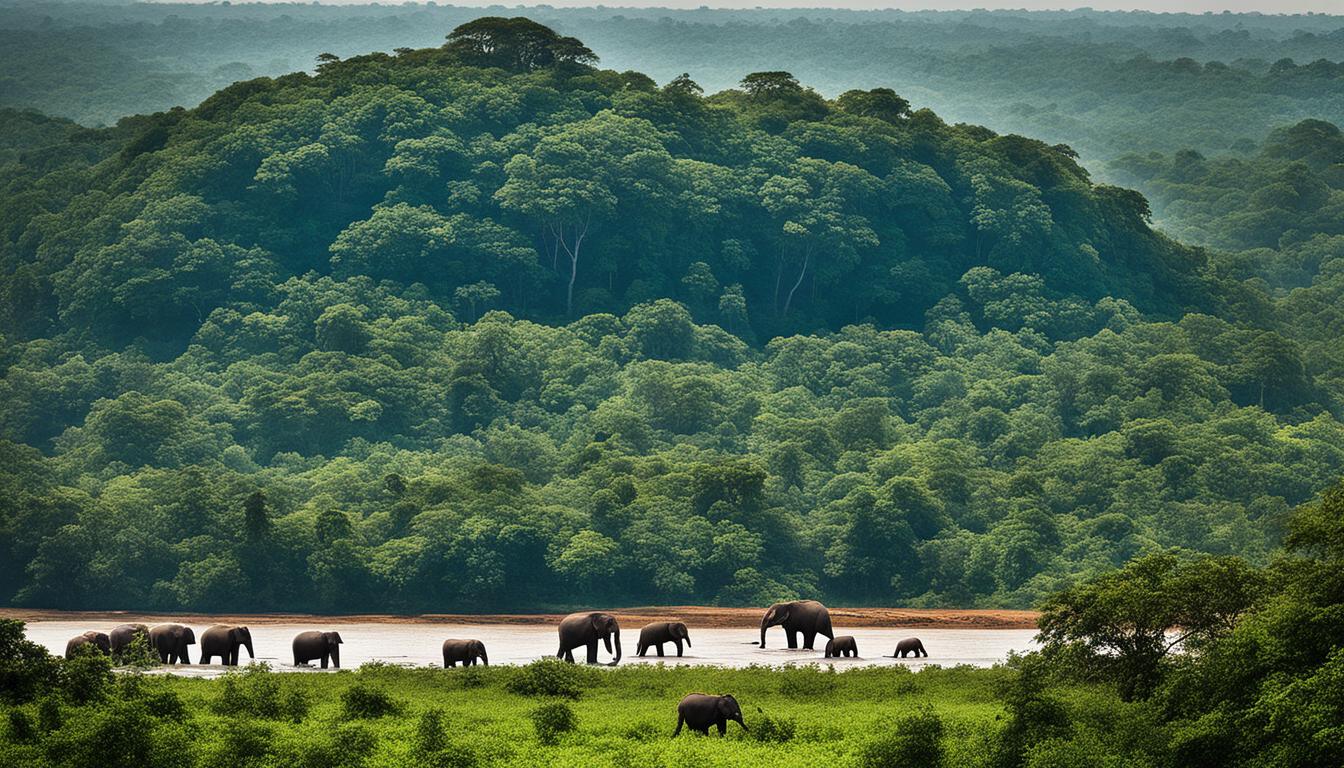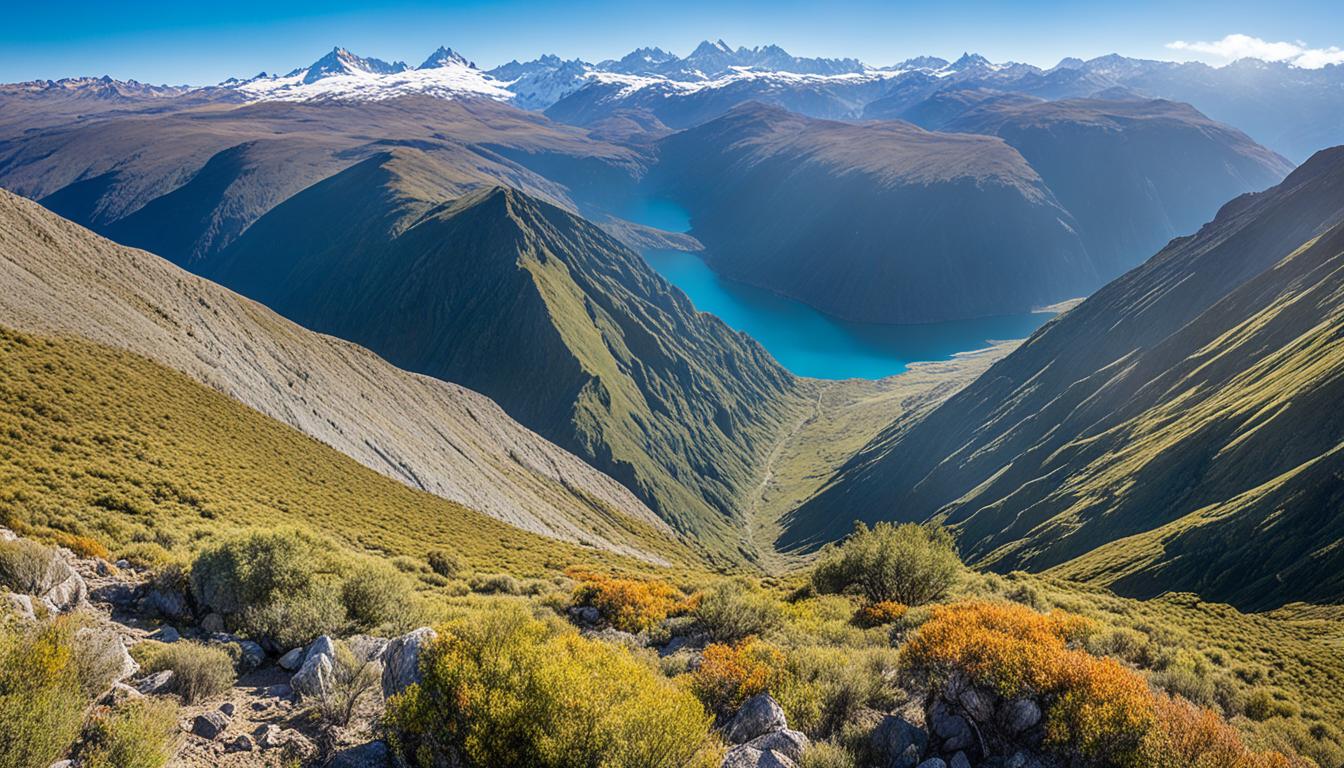Chile Biodiversity and the Built Environment
Biodiversity is a fundamental aspect of our natural world, providing important ecological and economic benefits. In Chile, a country known for its stunning landscapes and diverse ecosystems, the conservation of biodiversity is of utmost importance. The relationship between Chile’s biodiversity and the built environment is a critical topic that requires our attention.
Environmental conservation in Chile involves protecting the country’s unique flora and fauna, promoting sustainable architecture and urban planning, and developing green infrastructure. Chile’s ecological diversity, ranging from the Atacama Desert to the Andes Mountains and the Pacific coastline, presents both opportunities and challenges in preserving its rich biodiversity.
Key Takeaways:
- Chile is renowned for its diverse ecosystems and unique biodiversity.
- Conservation efforts in Chile focus on environmental preservation, sustainable architecture, and urban planning.
- The country’s ecological diversity presents both opportunities and challenges for biodiversity conservation.
- Green infrastructure development plays a crucial role in maintaining ecosystem health and resilience.
- Collaboration between stakeholders is essential for achieving sustainable development and preserving Chile’s biodiversity.
The Link Between Biodiversity and Ecosystem Functioning
Biodiversity is considered a major determinant of ecosystem productivity, stability, resistance, and nutrient dynamics. Healthy ecosystems with diverse species are generally more productive and resilient.
Habitat degradation and loss pose significant threats to biodiversity and can disrupt ecosystem functioning. When habitats are degraded or lost, species may lose their homes and sources of food, water, and shelter. This can lead to a decline in the abundance and diversity of species within an ecosystem.
The loss of species can have cascading effects on the entire ecosystem, affecting its ability to provide goods and services to humanity. For example, the loss of pollinators can impact crop production, while the loss of predators can lead to an increase in pest populations.
Protecting and conserving biodiversity is crucial for maintaining the functioning and resilience of ecosystems. By preserving habitats and promoting sustainable practices, we can ensure that ecosystems continue to provide essential services such as clean air and water, nutrient cycling, and pest control.
The Importance of Biodiversity for Ecosystem Functioning
Biodiversity plays a key role in ecosystem functioning by contributing to:
- Ecosystem Productivity: Biodiversity increases the production of biomass and the efficiency of resource use within an ecosystem. This results in higher plant productivity, which supports higher trophic levels and overall ecosystem productivity.
- Ecosystem Stability: Diverse ecosystems are more resilient to environmental changes and disturbances. The presence of a variety of species ensures that ecosystem functions can continue even when certain species are impacted by external factors.
- Ecosystem Resistance: Biodiversity provides natural defenses against pests, diseases, and invasive species. The more diverse an ecosystem, the more likely it is to have species that can resist and control harmful organisms.
- Nutrient Dynamics: Biodiverse ecosystems are more efficient at cycling and recycling nutrients. Different species play different roles in nutrient uptake, decomposition, and recycling, ensuring that essential elements are available for the growth and survival of all organisms in the ecosystem.
“In the end, we will conserve only what we love; we will love only what we understand and we will understand only what we are taught.” – Baba Dioum
Threats to Biodiversity in Chile
The biodiversity in Chile is facing numerous threats caused by human activities, leading to habitat degradation, habitat loss, habitat fragmentation, overexploitation of natural resources, the introduction of invasive species, pollution, and the impacts of climate change.
Habitat Degradation and Loss
One of the major threats to biodiversity in Chile is habitat degradation and loss. Mining, agriculture, and fishing have resulted in the destruction and fragmentation of critical habitats for many species. As a result, numerous plants and animals that depend on these habitats are at risk of extinction.
Overexploitation of Natural Resources
The overexploitation of natural resources, such as timber, fish, and wildlife, poses a significant threat to biodiversity. Unsustainable practices can lead to the depletion of populations and disrupt the delicate balance within ecosystems. Without effective management, overexploitation can cause irreversible damage to the biodiversity of Chile.
Invasive Species
The introduction of invasive species is another threat to biodiversity. These non-native species can outcompete native species for resources and space, disrupting the ecological balance. Invasive species often lack natural predators in their new environment, allowing them to multiply rapidly and pose a significant risk to native biodiversity.
Pollution
Pollution, including water and air pollution, is detrimental to biodiversity in Chile. Chemical contaminants and pollutants can accumulate in ecosystems, affecting the health and survival of plant and animal species. Water pollution, in particular, has a profound impact on aquatic biodiversity, with harmful substances entering the food chain and potentially causing long-term damage.
Climate Change
Climate change presents additional challenges for biodiversity in Chile. Rising temperatures, changing rainfall patterns, and altered habitats can disrupt the reproductive and migratory patterns of species. Adaptation to these changes can be difficult for many organisms, increasing their vulnerability to extinction.
Addressing these threats is crucial for biodiversity conservation in Chile. Through sustainable practices, habitat restoration, invasive species management, pollution control measures, and climate change mitigation strategies, Chile can protect and preserve its rich biodiversity for future generations.
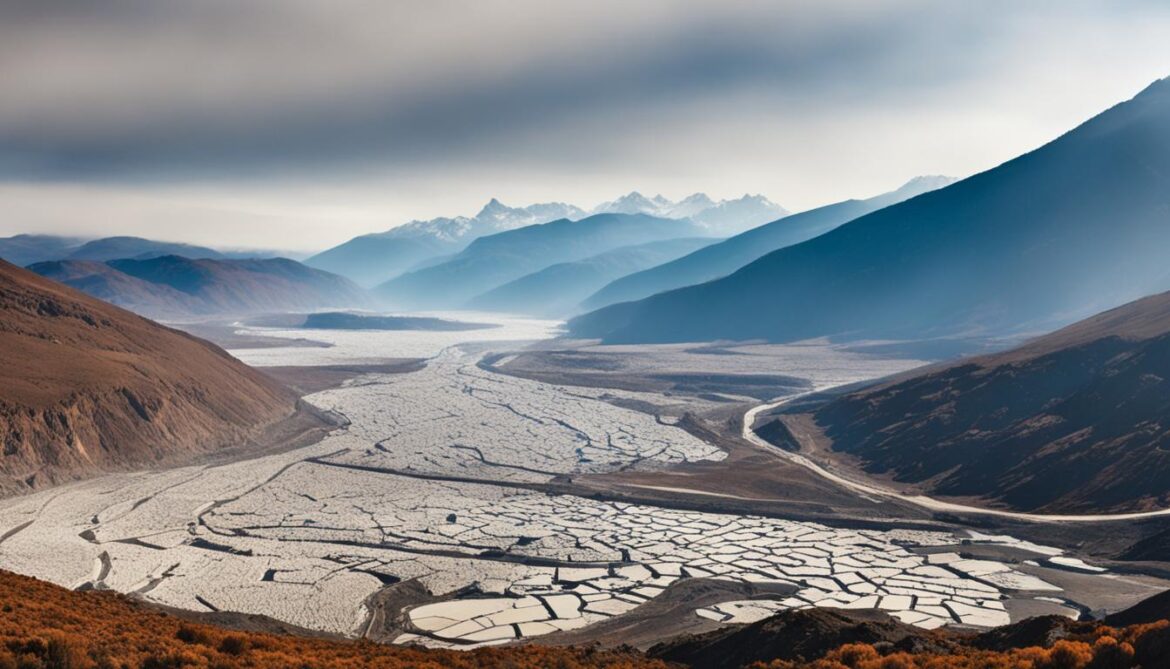
| Threats to Biodiversity in Chile |
|---|
| Habitat Degradation and Loss |
| Overexploitation of Natural Resources |
| Invasive Species |
| Pollution |
| Climate Change |
Conservation Efforts in Chile
Chile is deeply committed to the protection of biodiversity and the achievement of international and national conservation targets. The country has established the Ministry of the Environment, a leading institution dedicated to environmental stewardship and preservation. The Ministry works tirelessly to implement policies and regulations that ensure the conservation of biodiversity across the nation.
Another key actor in Chile’s conservation efforts is the Biodiversity and Protected Areas Service. This organization plays a vital role in the management and preservation of protected areas throughout the country. It works hand in hand with the Ministry of the Environment to oversee the establishment and maintenance of protected areas that safeguard critical habitats and species.
In addition to governmental initiatives, Chile has also focused on increasing the surface area of protected areas, particularly in marine ecosystems. This commitment aligns with the 11th Aichi Target, an international goal to protect at least 17% of terrestrial and inland water areas and 10% of coastal and marine areas. By expanding protected areas, Chile demonstrates its dedication to conserving biodiversity and preserving the unique ecosystems within its borders.
The government of Chile has implemented various laws and regulations to mitigate the environmental impacts of human activities and encourage sustainable practices. These measures aim to strike a balance between economic development and the preservation of biodiversity, ensuring a harmonious coexistence between the built environment and natural ecosystems.
Let’s take a look at the progress made by Chile in increasing the surface area of protected areas:
| Year | Terrestrial Area (km2) | Marine Area (km2) |
|---|---|---|
| 2010 | 8,560 | 0.00 |
| 2015 | 10,832 | 184,558 |
| 2020 | 12,316 | 548,374 |
The table above demonstrates the significant progress made by Chile in expanding protected areas, particularly in marine ecosystems. The continuous growth of protected areas showcases the country’s commitment to biodiversity conservation and its efforts to achieve the Aichi Targets.
Conservation and management of protected areas are paramount to preserving Chile’s rich biodiversity. These areas serve as refuges for countless threatened species and contribute to the maintenance of healthy ecosystems. The ongoing dedication and collaborative efforts of the Chilean government, organizations like the Biodiversity and Protected Areas Service, and local communities are essential in safeguarding the country’s natural heritage for future generations.
Socio-Environmental Conflicts in Chile
Chile has witnessed a multitude of socio-environmental conflicts, which arise from the impacts of human activities on natural resources and the environment. These conflicts involve various stakeholders, including government agencies, private companies, and local communities. Conflict-generating projects, particularly in sectors such as mining and industry, often give rise to clashes between economic interests and environmental conservation.
One significant aspect to note is the media coverage surrounding these conflicts. Although conflicts may have profound environmental implications, media coverage tends to focus more on the judicial aspects rather than the environmental impact. This skewed perspective potentially downplays or overlooks the long-term consequences of conflict-generating projects on biodiversity and conservation efforts in the country.
Understanding the full extent of the environmental impact caused by conflict-generating projects is crucial for finding sustainable solutions. By addressing the root causes, engaging all stakeholders, and raising awareness through media coverage, Chile can strive towards a balance between economic development and environmental preservation.

Media’s Role in Environmental Conflicts
The media plays a crucial role in the development and resolution of environmental conflicts. Through journalistic practices and news reporting, the media helps to structure conflicts and shape public opinion, raising awareness about environmental problems and their consequences. The coverage provided by the media informs decision-makers and the public about the complexities and impacts of these conflicts.
Mediatized conflicts involve dynamic interactions between various factors, including activist strategies, journalism practices, formal politics, and industry activities. The media coverage of such conflicts can significantly influence the outcome and shape the political and social responses to environmental issues. The way conflicts are portrayed and discussed in the media can sway public opinion and influence the actions taken by policymakers.
Understanding the relationship between the media and environmental conflicts is crucial for effective communication and conflict resolution. By examining how media coverage impacts public perceptions and decision-making processes, we can identify strategies for improving the quality and accuracy of reporting. Additionally, exploring the role of media in mediatized conflicts helps to shed light on the interplay between activism, journalism, and industry activities.
Journalism and Activist Strategies
Journalistic practices can play a vital role in facilitating change and creating a platform for different perspectives. By engaging in investigative reporting and providing in-depth analysis, journalists can uncover environmental injustices and help expose the true impact of industry activities on ecosystems. This type of journalism can give voice to activists and affected communities, amplifying their concerns and promoting public engagement.
Activist strategies, on the other hand, often aim to leverage media attention to raise awareness and garner support for their cause. Activists employ various tactics, such as protests, social media campaigns, and direct actions, to attract media coverage and draw attention to environmental conflicts. Harnessing the power of the media allows activists to reach a broader audience, generate public discourse, and put pressure on policymakers and industry stakeholders.
Media Bias and Objectivity
It is essential to acknowledge that media coverage can sometimes be influenced by bias, resulting in one-sided reporting or skewed narratives. Journalists and media organizations may have their own agendas, consciously or unconsciously shaping the information they present to the public. Recognizing and addressing media bias is critical to ensure the fair and accurate representation of environmental conflicts.
Quote: “The press should be not only a collective propagandist and a collective agitator, but also a collective organizer of the masses.” – Vladimir Lenin
As consumers of news, it is important to approach media coverage with a critical mindset, seeking diverse perspectives and fact-checking information. Recognizing the role that media plays in shaping public opinion enables us to become more informed citizens and better contributors to the dialogue surrounding environmental conflicts.
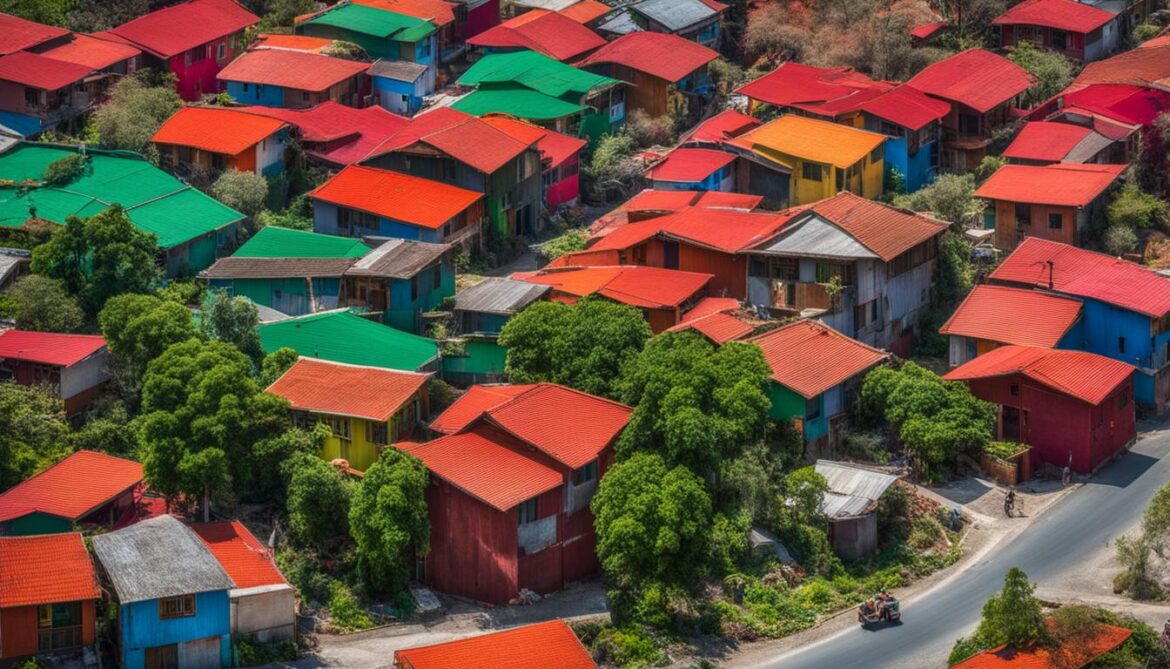
| Media’s Role in Environmental Conflicts | Key Points |
|---|---|
| Shaping public opinion | – Journalistic practices and news reporting form narratives and influence public perception. |
| Informing decision-makers | – Media coverage raises awareness about environmental problems for policymakers. |
| Influencing conflicts | – Media coverage can impact the outcome of conflicts and shape political and social responses. |
| Activist strategies | – Media attention helps activists raise awareness and promote public engagement. |
| Bias and objectivity | – Media bias can affect the accuracy and fairness of reporting in environmental conflicts. |
The Need for Long-Term Research in Socio-Ecological Systems
The impacts of global change, including climate change, land-use change, and habitat alteration, have far-reaching consequences for socio-ecological systems. To understand these complex dynamics and predict future changes, long-term research is crucial. These in-depth studies provide valuable insights into ecosystem dynamics and shed light on the effects of human activities on the environment.
Long-term research plays a vital role in monitoring and understanding the drivers of change in socio-ecological systems. By collecting data over extended periods, researchers can observe trends, identify patterns, and make informed predictions about the future state of ecosystems.
Furthermore, long-term studies inform decision-making processes, helping policymakers and stakeholders develop strategies to promote sustainable practices and mitigate the negative impacts of global change. By analyzing the data collected, researchers and policymakers gain a deeper understanding of the intricate connections between ecological and social systems.
A key aspect of successful long-term research is collaboration. Different social groups, including researchers, government agencies, and private sector actors, must work together to generate knowledge and find viable solutions to complex environmental challenges. By fostering collaboration and interdisciplinary partnerships, researchers can tackle these issues from multiple angles and combine their expertise for greater effectiveness.
“Long-term research is essential for understanding the long-lasting effects of global change on our socio-ecological systems and informing sustainable practices for the future.”
The importance of long-term research in socio-ecological systems cannot be overstated. By investing in these extensive studies, we gain a deeper understanding of ecosystem dynamics and the intricate relationships between human activities and the environment. Through collaboration and knowledge-sharing, we can develop strategies to mitigate the negative impacts of global change and pave the way for a more sustainable future.
| Benefits of Long-Term Research in Socio-Ecological Systems |
|---|
| 1. Provides valuable insights into ecosystem dynamics |
| 2. Informs decision-making processes |
| 3. Helps predict and mitigate the impacts of global change |
| 4. Supports the development of sustainable practices |
| 5. Promotes collaboration between different social groups |
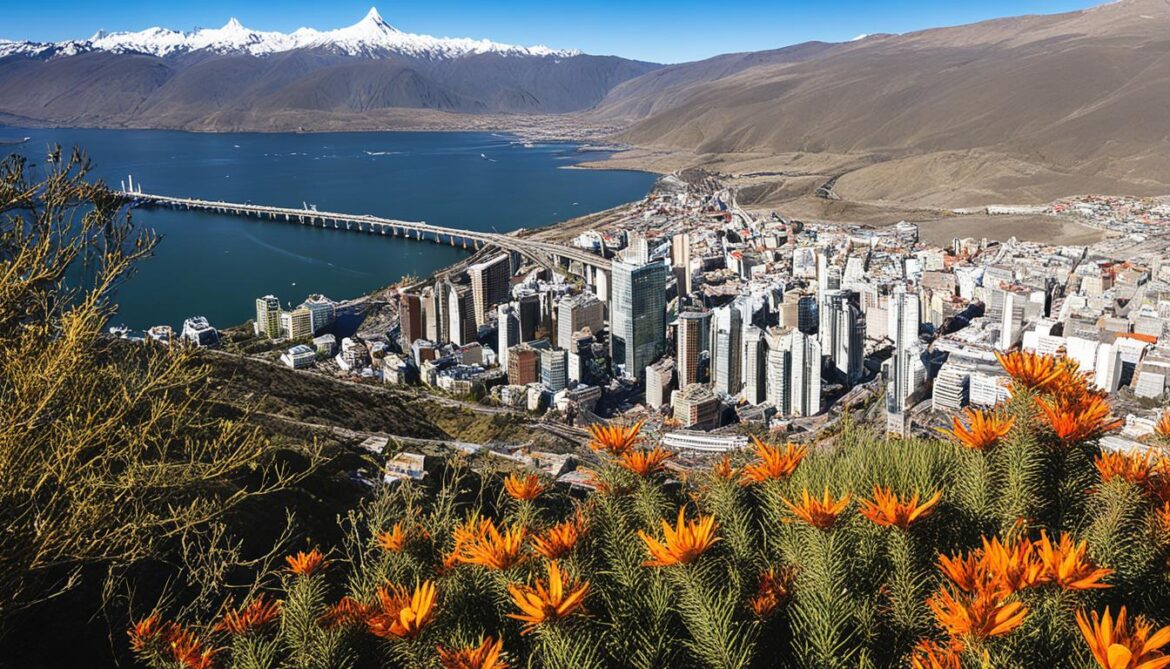
Chilean Ecosystems and Biodiversity
Chile is renowned for its unique ecosystems and remarkable biodiversity, thanks to its diverse biogeographic characteristics and stunning mountainous geography. With over 5,000 km of Pacific coastline and a landscape that stretches across the length of the country, Chile boasts a wide range of bioclimatic zones that provide a habitat for endemic species.
| Ecosystem | Flora | Fauna |
|---|---|---|
| Deserts | Coastal cacti, succulents | Humboldt penguins, tuco-tucos |
| Rainforests | Valdivian temperate rainforest | Andean condors, darwin’s frog |
| Lakes | Araucaria trees, aquatic plants | Chilean flamingos, coots |
| Glaciers | Mosses, lichens | Magellanic penguins, seals |
Protecting and conserving these unique ecosystems is crucial for the preservation of Chile’s rich biodiversity. Each ecosystem harbors a distinct array of flora and fauna, contributing to the overall ecological richness of the country. By safeguarding these habitats, we ensure the survival of endemic species and maintain the delicate balance of nature.
Endemic Biodiversity
Chile’s endemic biodiversity is a testament to its biogeographic isolation and the distinct ecological niches created by its geography. The country’s long, narrow shape and geographical features have allowed for the development of species that are found nowhere else on Earth.
The endemic biodiversity of Chile is a treasure trove of unique species, found only within its borders. It is our responsibility to protect and conserve these invaluable natural treasures for future generations.
The diverse ecosystems of Chile, combined with its isolation from other land masses, have given rise to an astonishing number of endemic species. These range from the endangered Chilean blue crocus, found only in the coastal deserts, to the elusive huemul deer, which inhabits the mountainous regions of southern Chile.

Chile’s endemic biodiversity is a source of pride and a reminder of the country’s ecological heritage. By preserving these unique species, we not only protect the ecological integrity of Chile, but also contribute to the global effort to conserve Earth’s natural wonders.
The Role of Long-Term Research in Chile
Long-term research plays a vital role in understanding and managing socio-ecological systems in Chile. The Chilean Long-Term Socio-Ecological Research Network (LTSER-Chile) was established to conduct research in terrestrial ecosystems. Long-term studies provide quantitative data on ecosystem changes and inform actions to mitigate the impacts of global change. Interdisciplinary networks and collaboration between researchers, government agencies, and private sector entities are essential for generating knowledge and promoting sustainable practices. Long-term research helps to predict and adapt to environmental changes, ensuring the well-being of current and future generations.
Benefits of Long-Term Research
One of the key benefits of long-term research is its ability to provide quantitative data on ecosystem changes. By monitoring various parameters over an extended period, researchers can identify trends and patterns, helping to understand the underlying processes and drivers of change. This information is crucial for making informed decisions and implementing effective conservation strategies.
Long-term research also plays a crucial role in informing actions to mitigate the impacts of global change. By studying long-term trends, scientists can better predict future changes and develop strategies to adapt to them. This knowledge is essential for managing natural resources sustainably and mitigating the negative effects of climate change and other global challenges.
Interdisciplinary Networks and Collaboration
Interdisciplinary networks and collaboration are fundamental components of long-term research in Chile. By bringing together experts from different fields, such as ecologists, social scientists, economists, and policymakers, comprehensive insights into socio-ecological systems can be achieved. Collaboration between researchers, government agencies, and private sector entities fosters knowledge exchange and the development of sustainable practices.
These interdisciplinary collaborations also help in bridging the gap between scientific research and policy-making. By involving policymakers early in the research process, the findings can directly inform decision-making processes, leading to more effective conservation and management strategies.
Case Study: LTSER-Chile
LTSER-Chile, the Chilean Long-Term Socio-Ecological Research Network, is an excellent example of long-term research in action. This interdisciplinary network brings together researchers, government agencies, and local communities to study terrestrial ecosystems in Chile. By collecting long-term data on biodiversity, ecosystem functioning, and human impacts, LTSER-Chile aims to provide valuable insights into the dynamics of socio-ecological systems.
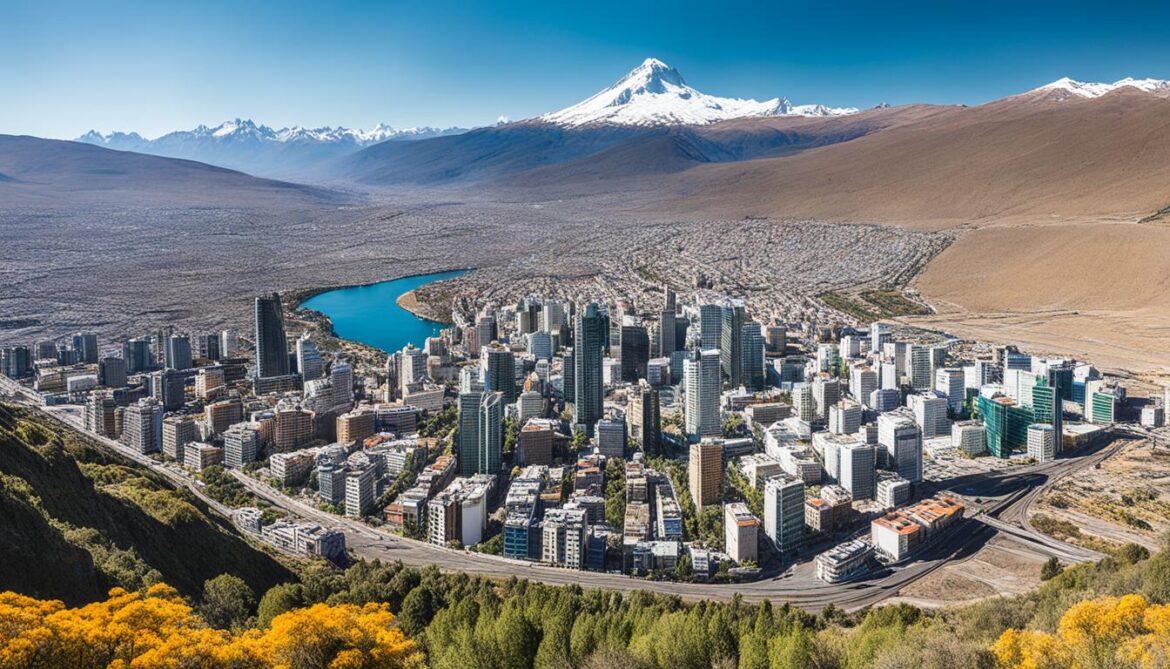
| Key Features of LTSER-Chile | Benefits |
|---|---|
| 1. Long-term monitoring of ecosystem variables | – Quantitative data on ecosystem changes |
| 2. Collaboration between researchers, government agencies, and local communities | – Interdisciplinary knowledge exchange – Enhanced understanding of socio-ecological systems |
| 3. Integration of social, economic, and ecological research | – Informed decision-making – Effective conservation strategies |
Conclusion
Chile’s rich biodiversity and the built environment are inextricably linked, and sustainable development and conservation efforts are vital for their harmonious coexistence. By protecting and conserving biodiversity, we ensure the continued functioning and resilience of our ecosystems, as well as the provision of essential goods and services for humanity.
Long-term research and interdisciplinary collaboration play key roles in understanding and addressing the challenges posed by global change and socio-environmental conflicts. Through scientific investigation and knowledge exchange, we can develop effective strategies for mitigating the impacts of human activities on our environment.
Furthermore, collaboration between different stakeholders, including researchers, government agencies, and private sector entities, is crucial for achieving sustainable development and conservation goals in Chile. By promoting sustainable practices and fostering cooperation, we can strike a balance between the built environment and biodiversity, ensuring a prosperous and resilient future for our nation.




